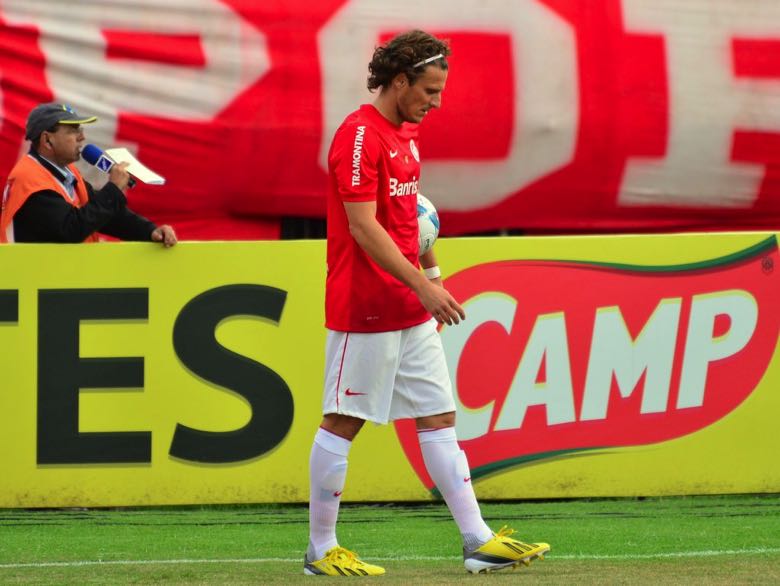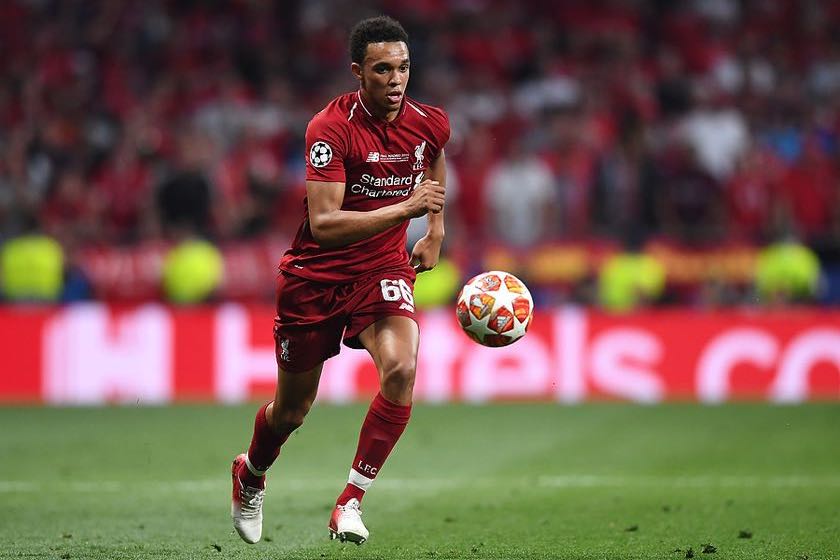It’s unusual, to say the least, for a footballer to be asked to play in a completely new position at the age of 25 – and especially so during a major international tournament. England deployed Trent Alexander-Arnold in midfield in the early rounds of EURO 2024 – despite the fact he has never played there before.
It’s true that in his role with the Reds, TAA has played as an inverted full back – requiring him to move centrally and spray passes around from deep. But his defensive positioning is still that of a right back; and completely different to the prerequisites of a central midfielder, who has duties both in front and behind them and laterally too.
It’s a tactical set-up that was hardly been met with positivity, with journalists and pundits alike united in their distaste for Trent’s new position – former Manchester United star, Roy Keane, lamenting that ‘….it was a big ask for him and he’s not up to it.’ Has changing a player’s position part-way through their career every really yielded results?
Front to Back (And Vice Versa)

Once upon a time, English football was not awash with the progressive possession-based game that many teams deploy today. Instead, tactics could descend into the agricultural: teams lumping long, aerial balls forward to a tall and strong striker. The requirements of the role were more physical than technical, which meant that only those who measured up in feet and inches were called upon.
Historically of course, centre backs have been the most physically commanding players in a football team, so it’s no surprise to recall the sheer number of players that have been deployed in central defence and up front – some of them switching from one role to the other part-way through their career.
Sol Campbell, Gerard Pique, Carlos Puyol and Jamie Carragher all started out their careers as strikers in the youth ranks of their respective clubs, before subsequent head coaches decided that their physical credentials could be better deployed in defence. Then there was the incredible 6ft 2in stylings of John Charles, the Welsh defender-striker who was so skilled in either position he was snapped up by Juventus in one of the first transfers of a British player overseas in 1957.
There’s not many players at the top level that have switched from centre back to striker on a permanent basis – as opposed to being used as an emergency forward by teams chasing a late goal. But Diego Forlán fits the bill; the Uruguayan followed in the footsteps of his father and grandfather as a defender, until a coach at Penarol spotted his potential as a frontman.
Late Bloomer

Another reason for a change of position comes with the sands of time. Like all of us, footballers age and perhaps lose a little of their physical mojo – a downturn in pace and athleticism requiring said individuals to be redeployed elsewhere on the pitch.
One such example is Bastian Schweinsteiger, whose career reads like a player ‘losing their legs’ gradually as the march of time goes on. The German started out as a flying winger, but it was a switch to central midfield that took his game to the elite level – he was a pivotal figure in Germany’s run to glory at World Cup 2014.
Like many before him, Schweinsteiger decided that a late career move to Major League Soccer in the United States was a great idea – sun on your back, and plenty of zeroes on your pay packet. But the then 33-year-old discovered that he’d lost another yard of pace; and was reinvented as a centre back at Chicago Fire.
Netherlands legend, Rudd Gullit, performed the ultimate sands of time routine – a path trodden by many a Sunday League player as their years advanced. He went from being a striker, part of the famous Dutch side that won EURO ’88, to a midfielder with Chelsea and finished his career as a defender, losing his pace but retaining his incredible football brain.
Instant Improvement

It’s amazing how many players actually started their professional careers – and even played dozens of games – in a position that you completely forgot they played.
Gareth Bale
How about the curious case of Gareth Bale? He was signed by Tottenham from Southampton as a swashbuckling left back, but by the end of his career he was an inverted winger or even striker that won multiple Champions Leagues with Real Madrid.
Thierry Henry
There’s less of a leap of faith in switching from the wing to the role of centre forward, but how would the career of Thierry Henry have panned out had he remained as a left winger – as he was at Monaco, before being switched centrally by Arsène Wenger at Arsenal?
Cristiano Ronaldo
Cristiano Ronaldo has trodden a similar path. No less a judge than Sir Alex Ferguson signed CR7 from Sporting Lisbon for Manchester United to play as a winger, but as he began to loose the jet-heeled ability of youth – and showed a predator’s eye for goal – the legendary manager instead fielded the Portuguese ace as a striker with iconic results.
Vincent Kompany
Vincent Kompany, considered one of the greatest defenders in Premier League history, was signed by Manchester City in 2008 to play specifically in midfield, while Javier Mascherano made a similar move on the pitch at Barcelona – previously a holding midfielder, the Argentine found late-career joy at the heart of Barca’s defence.
Andrea Pirlo
There’s a veritable catalogue of players who improved immensely after switching positions. Andrea Pirlo was an attacking midfielder earlier in his career – he would later refine the defensive midfield role into an art form of beautiful passing.
Mo Salah
How different could Mo Salah’s career have been? Coming through the ranks at Egyptian club El Mokawloon, Salah was being deployed as a full back – apparently, the coach moved him forward as the youngster continually left his defensive post and charged upfield. Some 288 career goals and Premier League and Champions League title wins later, it was evidently a smart decision!

